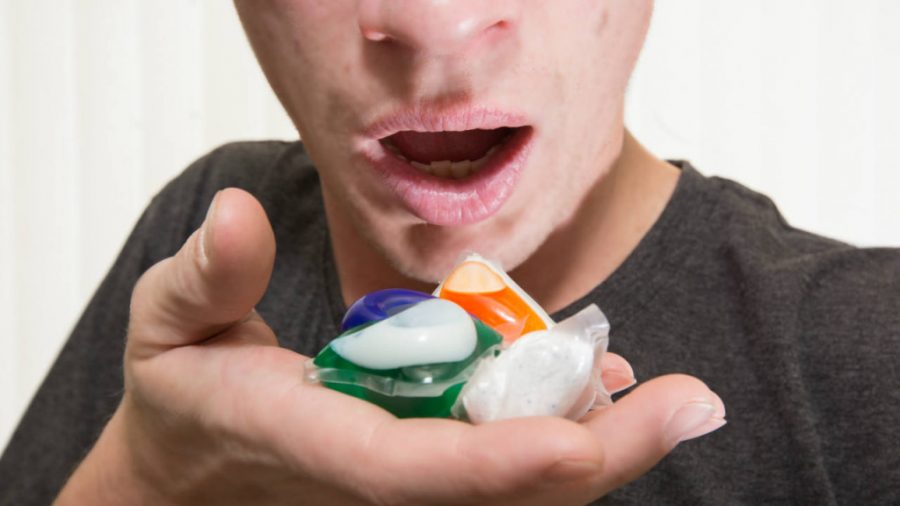By Kaylee Messina
Contributing Writer
If you have ever dreamed of scuba diving down to the beautiful vibrant Great Barrier Reef of Australia, you still have the opportunity, but perhaps not for much longer. When rumors emerged that claimed the Great Barrier Reef had died, social media exploded with people creating obituaries, mourning, and claiming that people will never be able to dive down to the Reef again.

An article claimed that the reef had lived from 25 B.C. and had died in 2016. The truth is: The reef is dying, but is not completely dead. This idea, scientists say, is detrimental for forward progress, because the people who believe this fallacy have given up on efforts to save the reef. The reef is still alive, but barely, and needs all the help it can get from concerned citizens and scientists.
In the past year, the Great Barrier Reef has seen the worst case of coral bleaching in history. Coral bleaching occurs when the ocean water becomes too warm for the coral, that they become “heat stressed” and expel zooxanthellae, or tiny algae that live inside their tissues. This algae provides the coral with most of their food and coloring. This is detrimental to the coral because without these algae they lose most of their necessary nutrients.
This coral bleaching is due to a combination of climate change and the effects of El Niño, the unusually warm ocean temperatures in the Equatorial Pacific. The coral cannot sustain these extremely high temperatures, and are dying at an alarming rate. Today, more than ⅔ of corals in the northern part of the reef, closest to the shore have died, and more than 93 percent of the reef has been affected in some way by the rapidly changing ocean temperature. Climate change also threatens the reef’s survival because as the emission of fossil fuels increase, so does the concentration of carbon dioxide in the atmosphere. This causes more carbon dioxide gas to be dissolved into the ocean, thus lowering the PH level of the water, which makes it more acidic, and making it difficult for the coral to erect hard exoskeletons.
However, this is not only a problem for the Great Barrier Reef. Increasing water temperature from climate change is also a global reef crisis. Over the past year, around 12 percent of the world’s reefs have been affected by coral bleaching due to the effects of El Niño and global warming. Scientists have hypothesized that more than half of these reefs could disappear forever. This would mean the death of 5 percent of the world’s coral reefs, which is more than 4,600 square miles of reef. Not only do these reefs provide financial support for their countries from tourism, they are also part of a delicate and necessary ecosystem that houses many vital organisms in our world’s oceans.
These distressing statistics beg the question: can the reef be saved? Although the reef has been damaged more than it ever has in the past, the damage is not irreversible. Reversing this damage is a tall order, especially in the currently warming climate. However, if the world can fulfill its commitments to combat climate change, the reefs stand a chance. The change to save these reefs must come soon and quickly because once the reefs are gone, they will never come back.



















